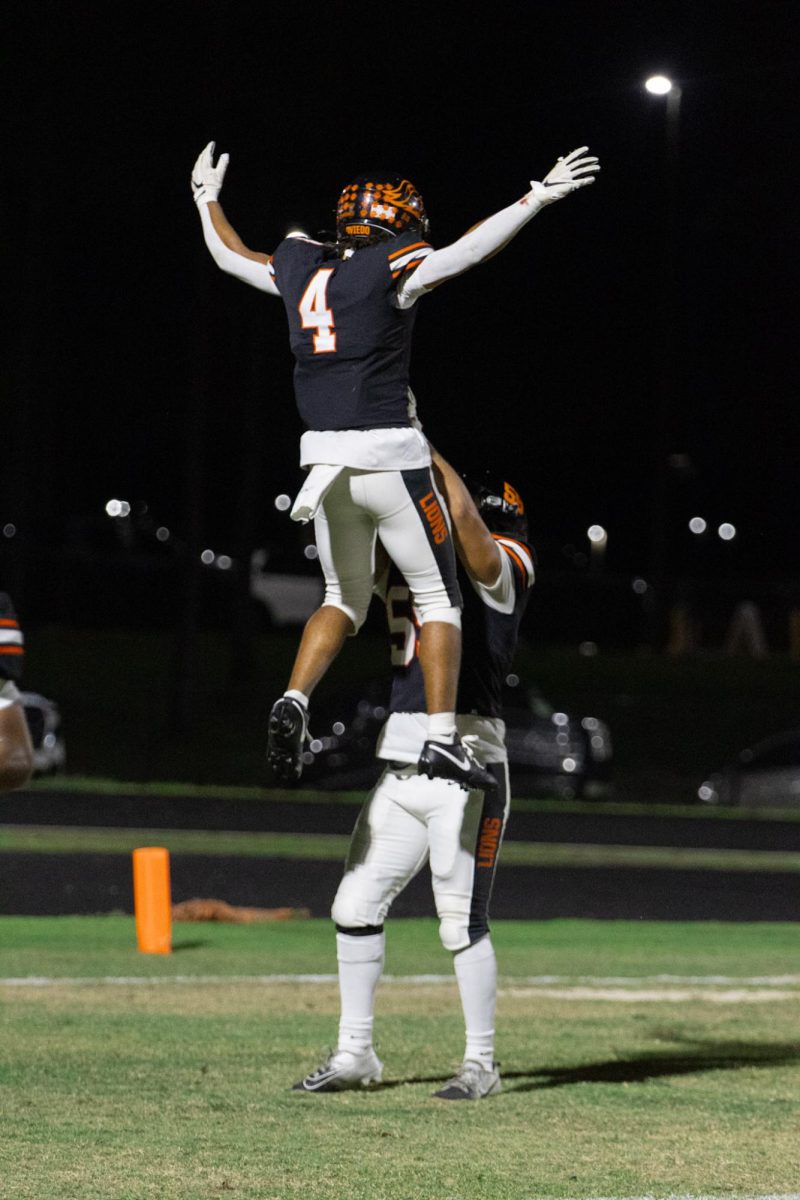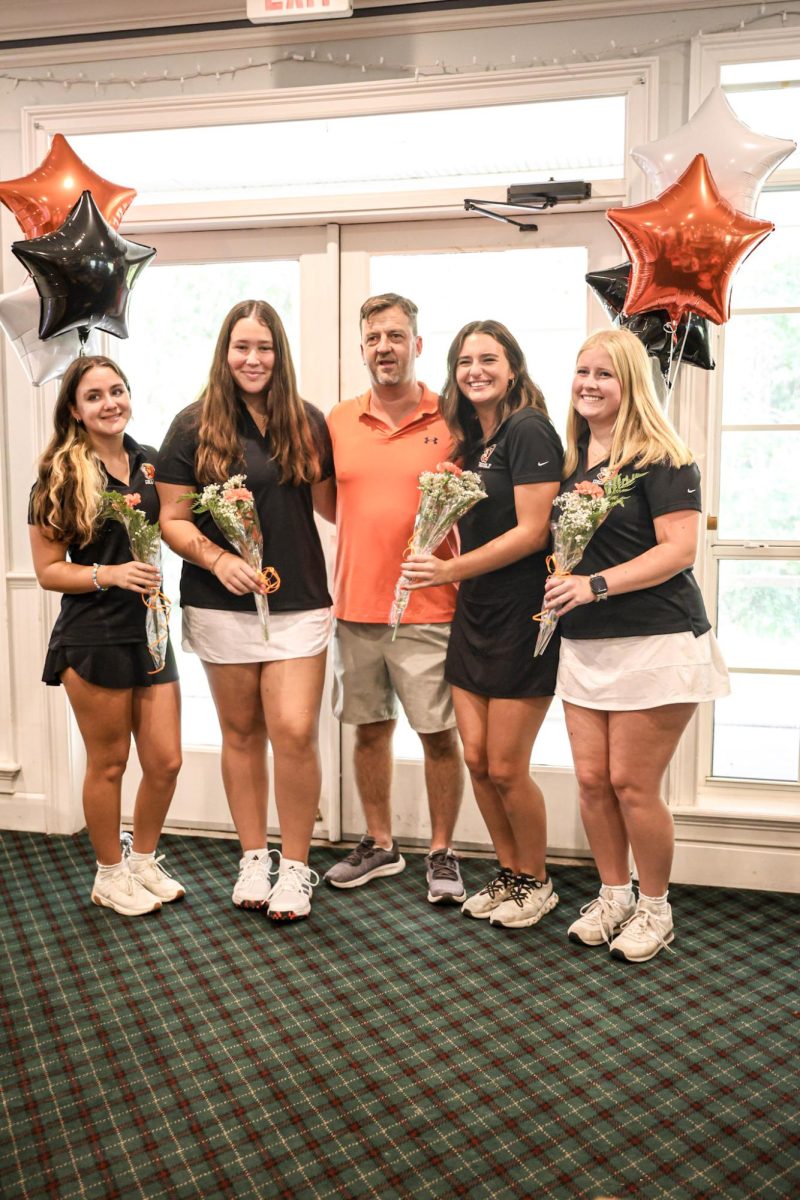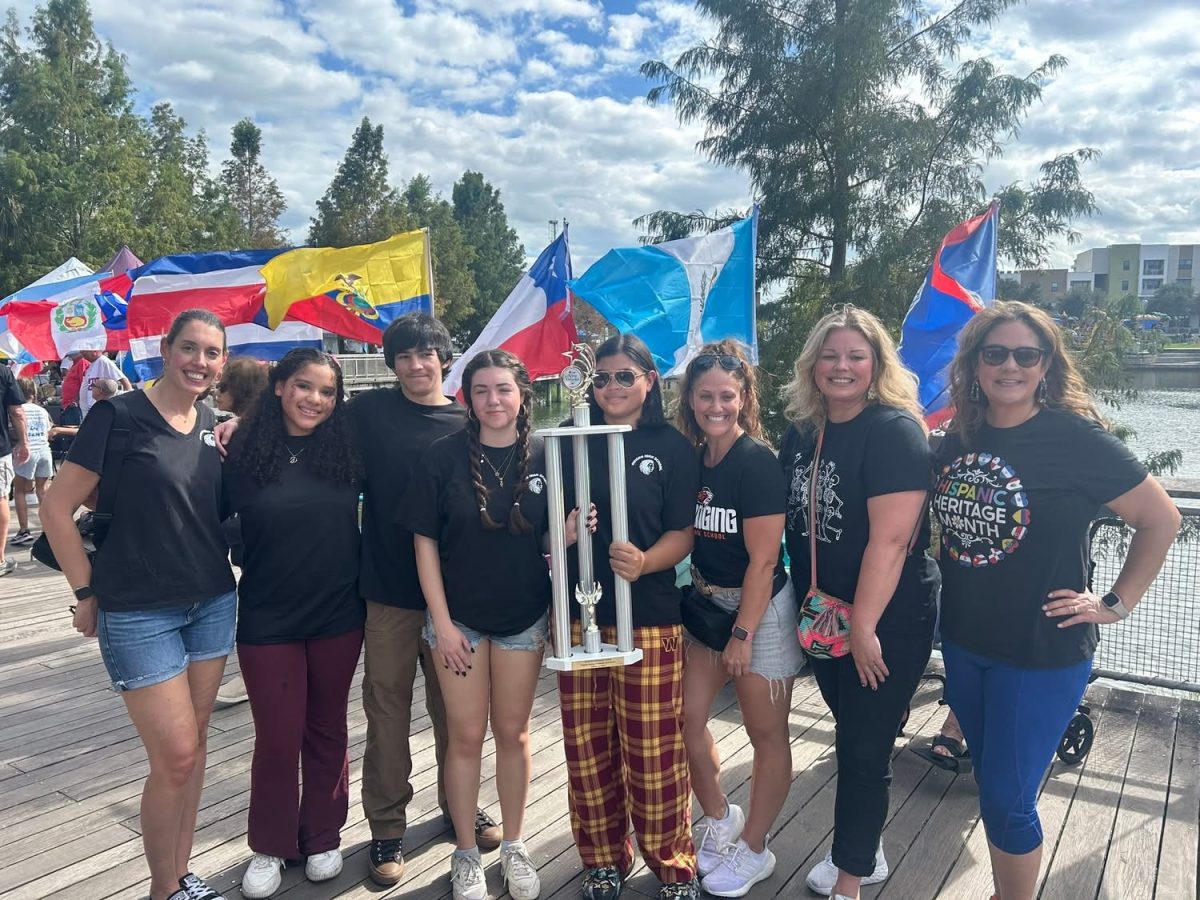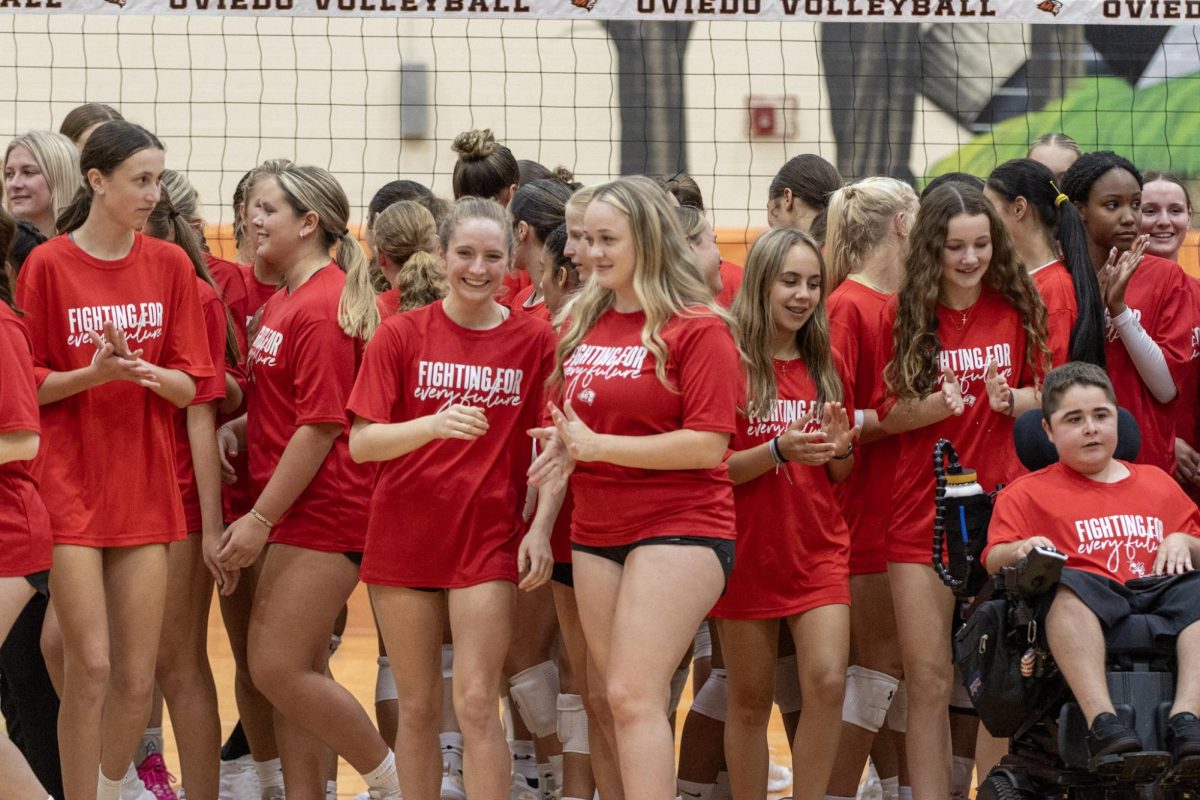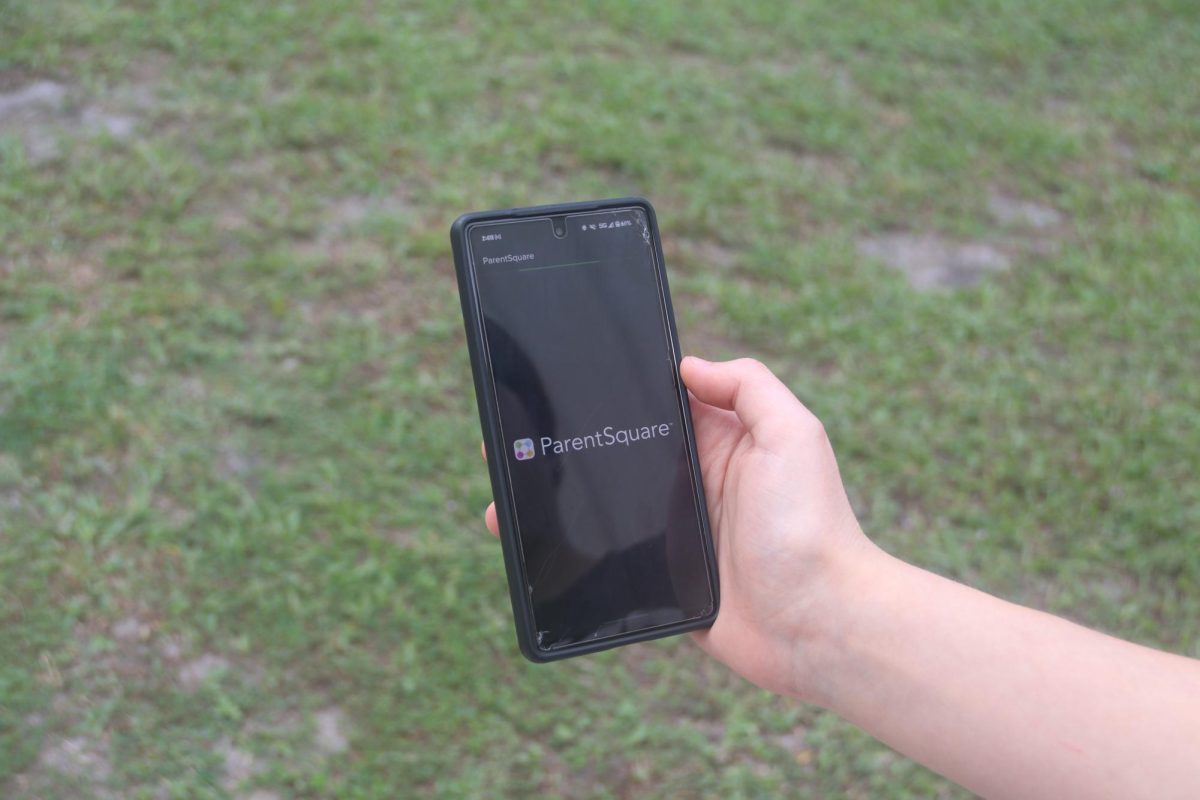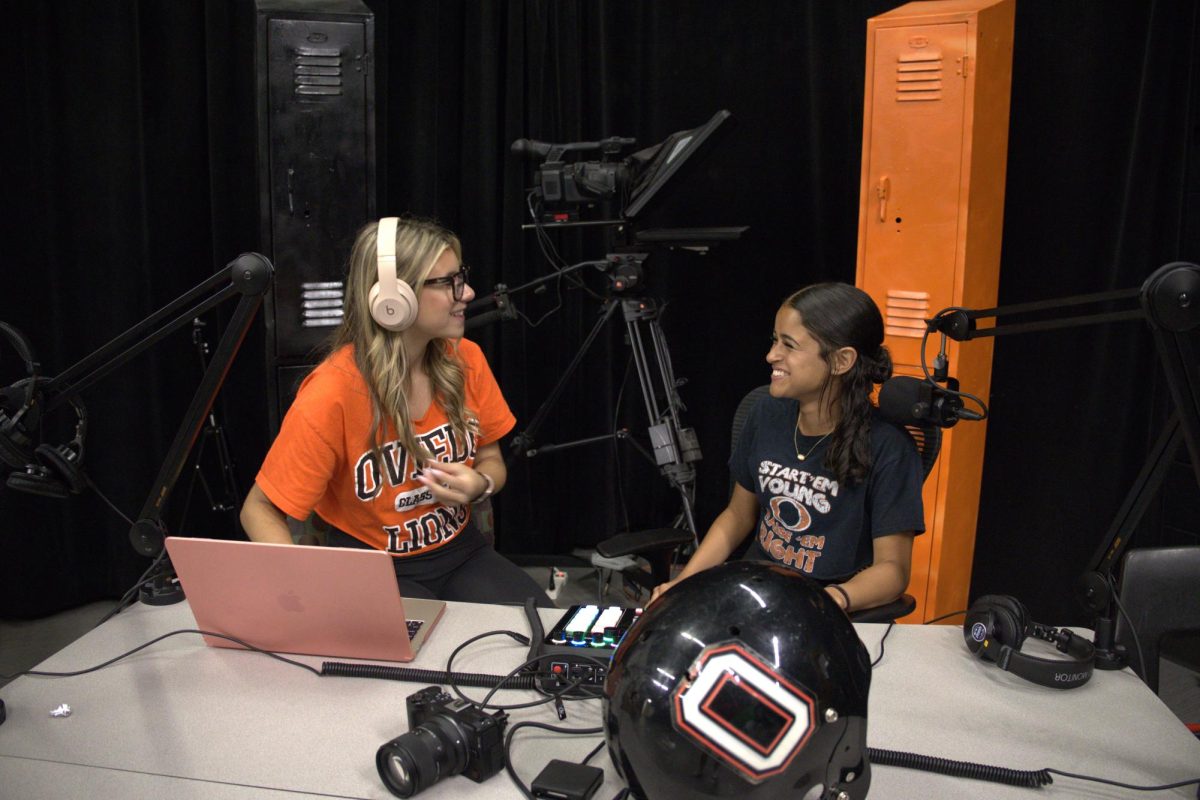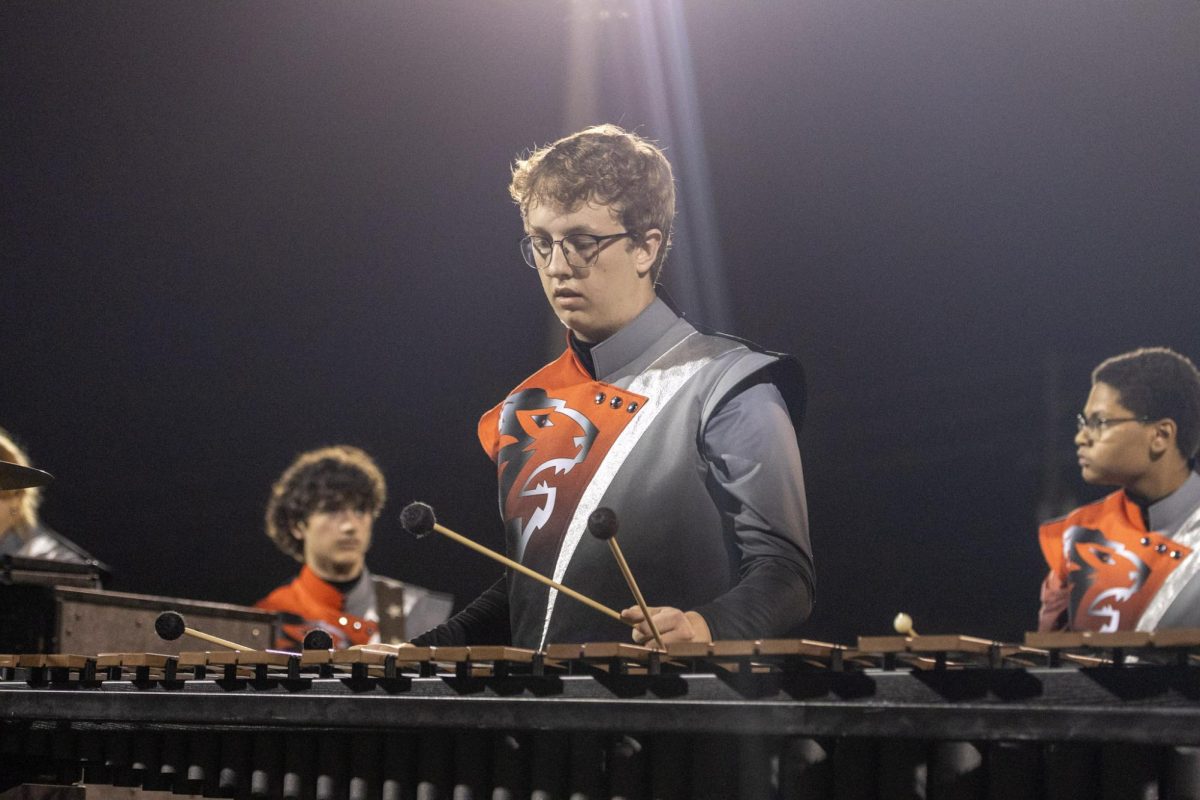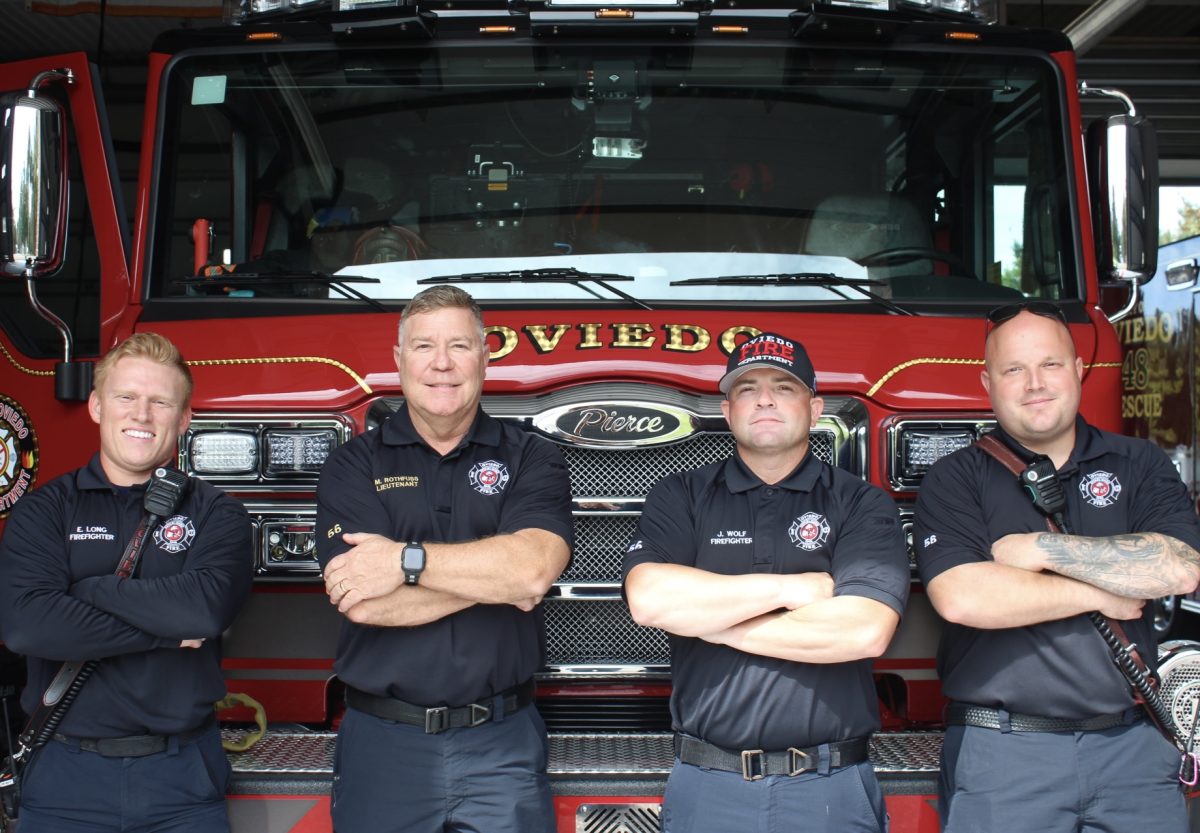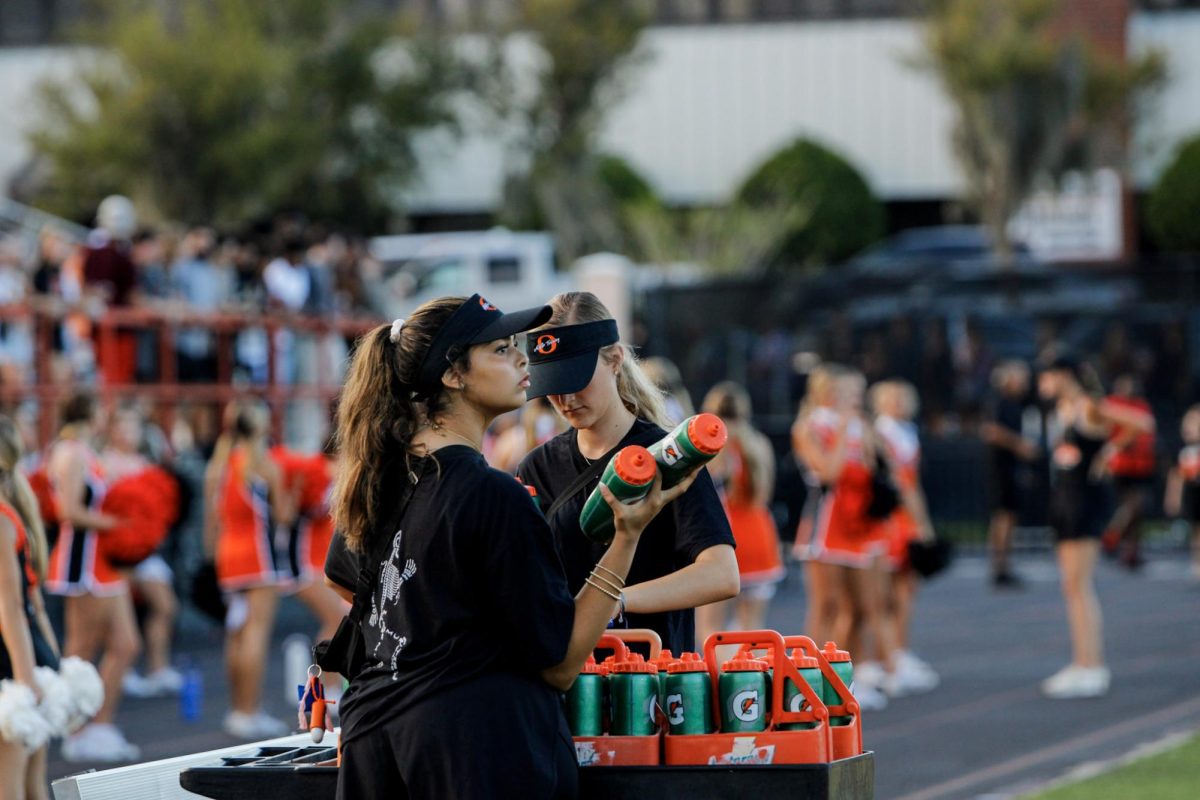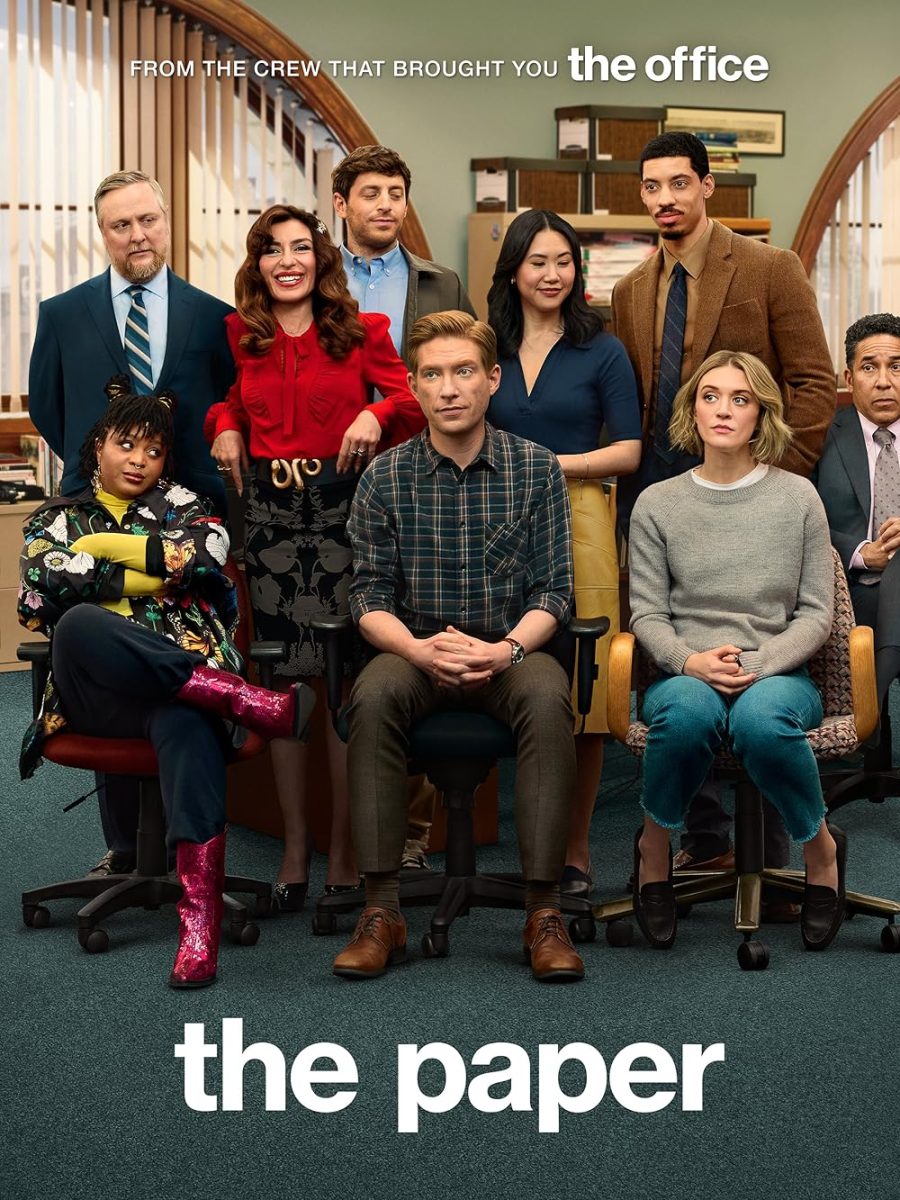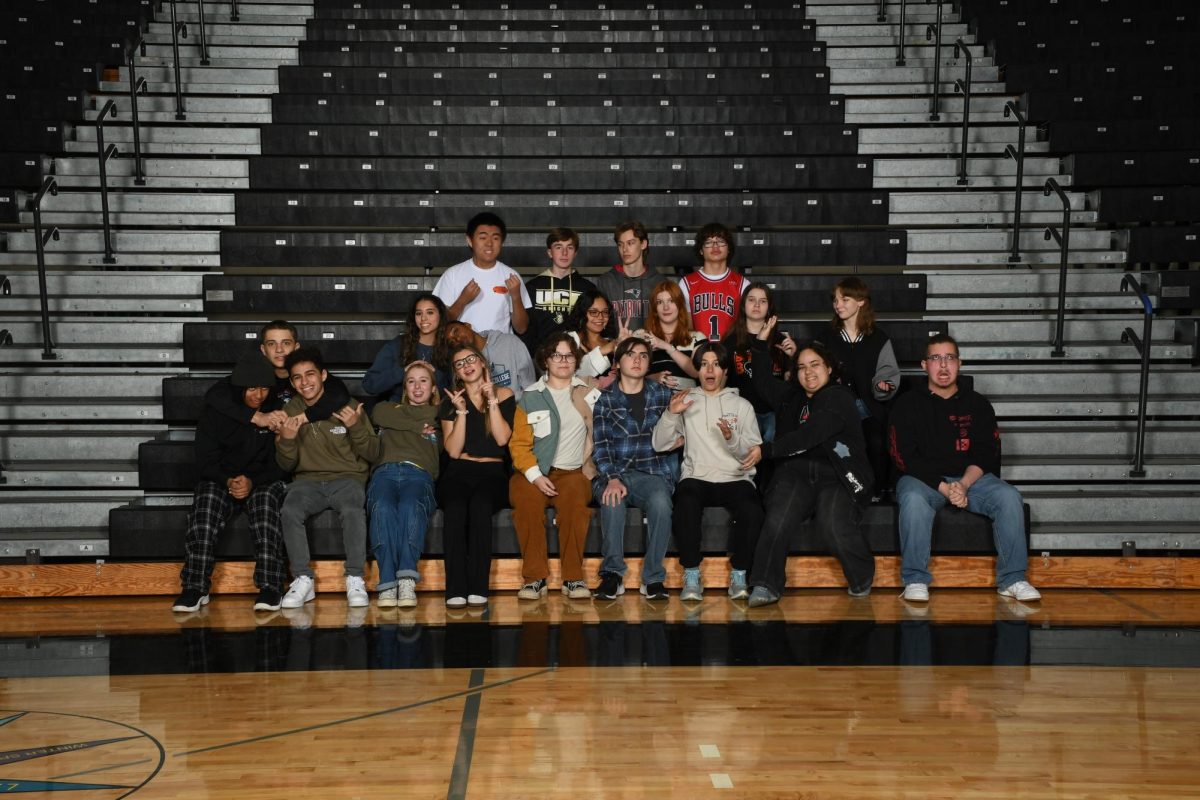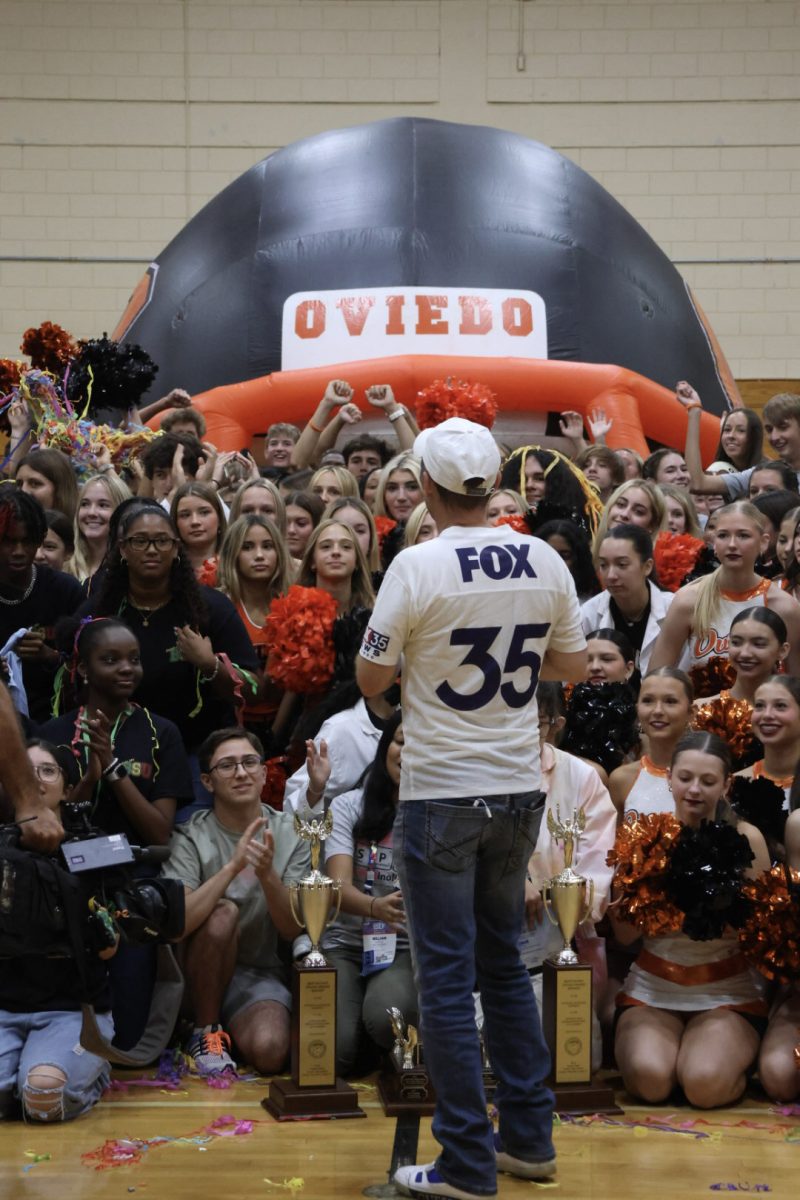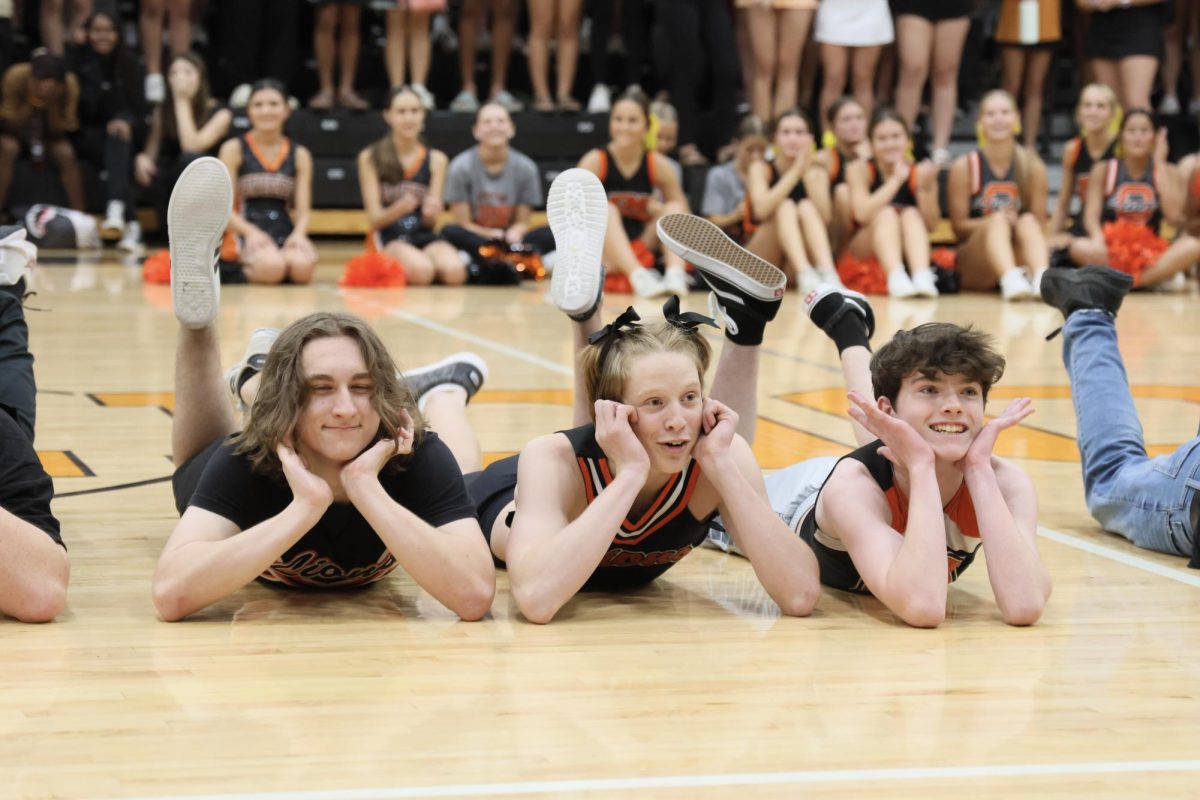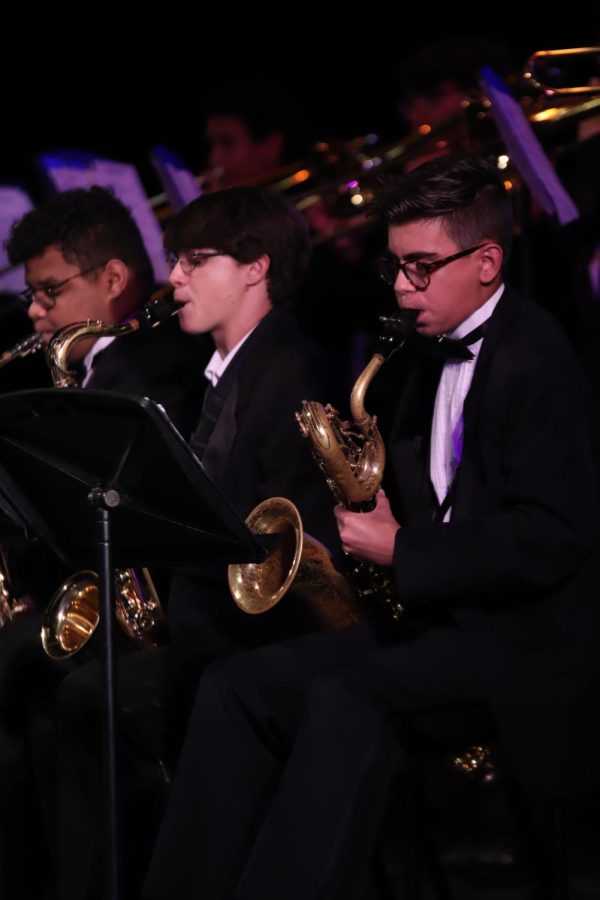Anniversary of march discusses new problems
WEB EXCLUSIVE
On Jan. 21, 2017, almost 500,000 women and men gathered on the streets of Washington D.C. for a protest for women’s rights. Throughout the day, signs displaying phrases such as “Women’s Rights are Human Rights” and “Respect Existence or Expect Resistance” helped articulate the frustration many women felt leading up to this event. This was partially due to the result of the 2016 presidential election and coincided with the inauguration of President Trump.
Last year on this date, I attended the women’s march in Lake Eola. That was my first time attending an event like this, and seeing so many strong men and women fighting for equality inspired and motivated me to keep standing up to oppression whenever it presents itself.
During the year following the initial march, many political and social events, including scandals, were broadcast almost every week, involving policies advanced by the Trump administration and stemming from the Hollywood film industry. These incidents and many others all modeled the theme of the 2018 Women’s March, #PowertothePolls, which emphasized the importance of voter participation, with a focus on this year’s midterm election, which will occur on Tuesday, Nov. 6, 2018.
This election will contest all 435 seats of the House of Representatives and 33 seats in the Senate. This election also includes many gubernatorial races and local elections. Unfortunately, a bad case of pink eye prevented me from attending the 2018 Women’s March at Lake Eola, but seeing pictures on social media and on various news organizations helped me feel connected to the movement once again.
These recent marches have paralleled other equal rights movements throughout American history. One of the most famous of these movements was the Suffrage Movement in the early 1900s, which was in support of women’s right to vote. The movement included many protests similar to the marches in 2018, where women expressed their opposition to the political organization of their present society.
One of the largest parades took place on Mar. 3, 1913, one day before the inauguration of President Woodrow Wilson. The timing of this event was due to Wilson’s empty support of the movement at the time of his inauguration. This movement is similar to current events to the extent that President Trump’s recorded words and purported actions during his campaign for President did not engender a feeling of equality or equal rights among many women voters.
President Wilson eventually showed his support for a suffrage amendment in January of 1918. With his support, the 19th Amendment to the U.S. Constitution was ratified on Aug. 26, 1920, and women were finally granted the right to vote.
My hope for the modern women’s marches is one similar to the this, in which the grievances that women are expressing concerning equal opportunity and treatment are heard and addressed by the government.
Though about 100 years separate the Suffrage Movement from the incredible movement that has unfolded over the past few years, I foresee that this movement will continue to unite women all across the nation for the noble cause of equality. While the result may not be as grand as a Constitutional amendment, the result could and should have a major impact on the lives of women in our country.
I encourage all the young people (old enough to vote) to let your voices be heard this November and bring your #PowerToThePolls.
Your donation will support the student journalists of Oviedo High School. Your contribution will allow us to purchase equipment and cover our annual website hosting and printing costs. Thank you!


